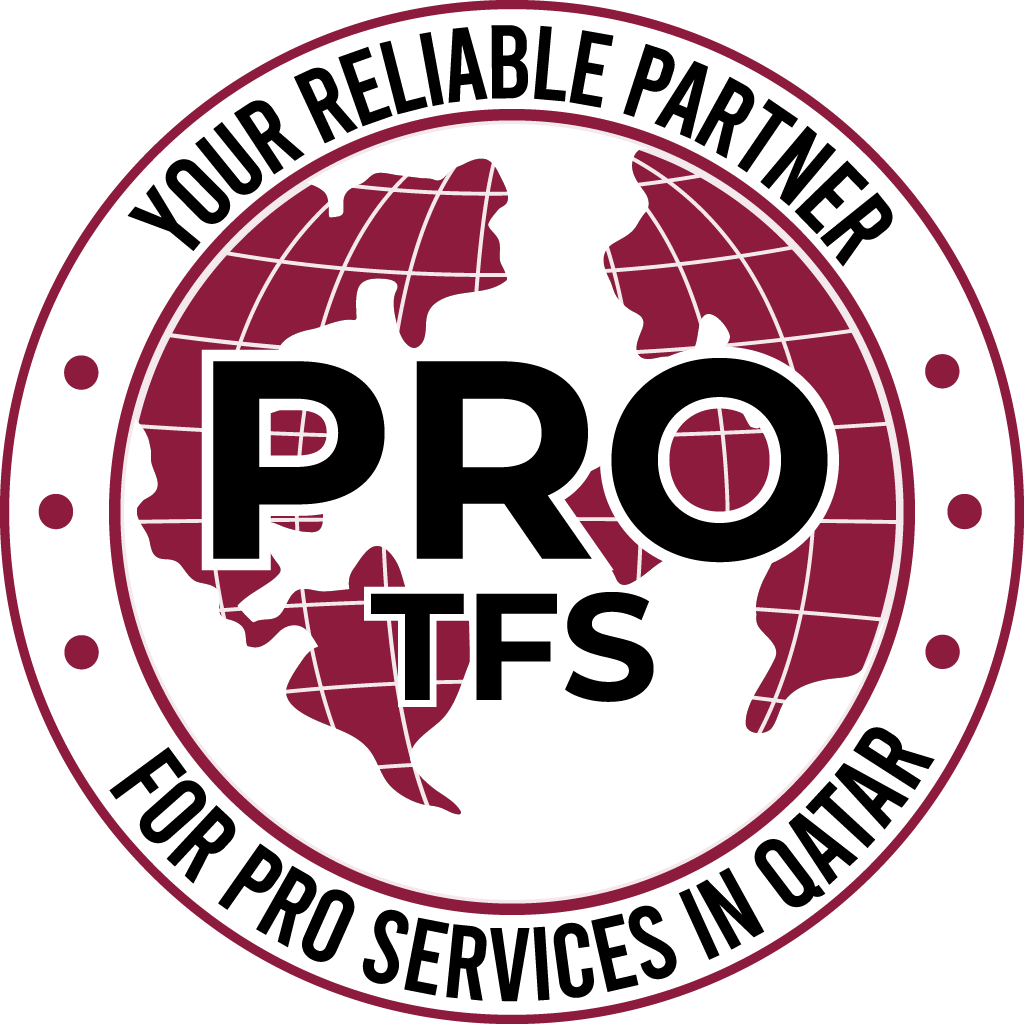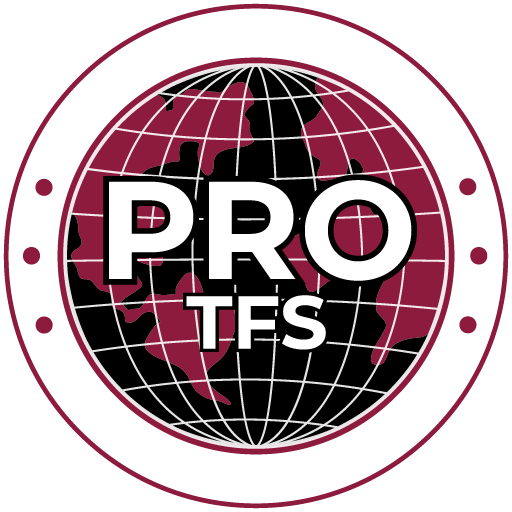Mobile application design is the process of creating a visually appealing, intuitive, and user-friendly interface for a mobile application. The design of a mobile app involves several elements, including layout, typography, color scheme, visual content, and user experience (UX) design.
The mobile application design process typically involves several stages, including research and analysis, wireframing or prototyping, creating a design concept, and developing the final design. During this process, designers must ensure that the app is optimized for mobile devices, is intuitive to use, and provides a seamless user experience across different devices and platforms.
Some important considerations for mobile application design include creating a layout that is easy to navigate with thumb-friendly buttons and gestures, using appropriate typography and color schemes to enhance readability, incorporating engaging and relevant visual content, and ensuring the app is accessible to people with disabilities.
Effective mobile application design can have a significant impact on an app’s success. A well-designed app can attract and retain users, establish brand credibility and authority, and ultimately drive user engagement and revenue. It requires a strategic and thoughtful approach, as well as ongoing analysis and optimization to ensure the app continues to meet the needs of its users.


